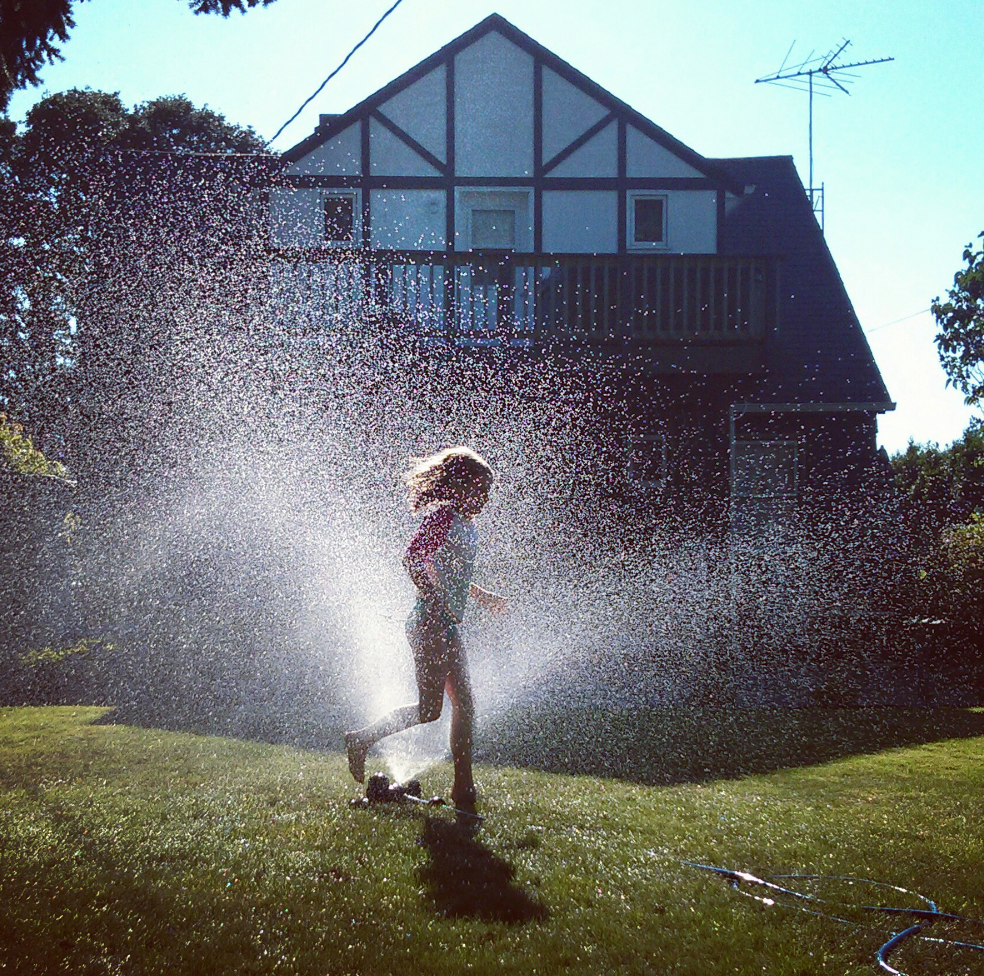How to Boost Your Fall Curb Appeal
Tips to Make Your Home Stand Out This Season
Tips to Make Your Home Stand Out This Season
As the leaves begin to change and the air turns crisp, there’s no better time to give your home’s curb appeal a seasonal refresh. Fall provides the perfect backdrop for highlighting the beauty of your home with rich colors, cozy textures, and a welcoming atmosphere. Whether you’re looking to sell or simply want to enjoy the autumn vibes, here are some simple yet effective tips to boost your fall curb appeal.
1. Highlight Your Entryway
Your front door is the focal point of your home’s exterior, so make it stand out this season. Swap out your summer wreath for a fall-inspired one featuring seasonal elements like pumpkins, pinecones, and leaves. Consider adding a welcome mat with an autumn design to set the tone for your guests as they arrive. For extra warmth, place some decorative lanterns or potted mums along the steps or porch.
2. Seasonal Landscaping
Fall is one of the most beautiful seasons for landscaping. Take advantage of the vibrant colors by incorporating plants that thrive in cooler weather. Chrysanthemums, pansies, and ornamental kale are great options to add bursts of color to your garden beds or planters. Be sure to keep your lawn tidy by raking up fallen leaves and trimming bushes to maintain a clean and polished appearance.
3. Layer in Texture with Outdoor Decor
One of the best ways to add dimension to your fall curb appeal is through the use of textures. Cozy up your outdoor spaces by layering blankets and pillows in rich, earthy tones on your porch seating. Adding elements like rustic wooden crates, straw bales, and wicker baskets filled with gourds or pumpkins can create a charming, rustic vibe that invites the season right to your doorstep.
4. Outdoor Lighting for a Warm Glow
As the days get shorter, lighting becomes an important element of curb appeal. Soft, warm lighting can enhance the cozy feel of fall evenings. Add string lights to your porch or pathway for a magical touch, or consider placing solar-powered lanterns along your walkway to guide guests in a welcoming way. Don’t forget to swap out any burnt-out bulbs in your exterior lights to keep everything looking fresh and inviting.
5. Update Your House Numbers and Hardware
If your house numbers or door hardware are looking a bit worn, now’s a great time to give them a refresh. Choose finishes like matte black or brass that complement the fall aesthetic. New hardware can give your front door a polished look while helping your home stand out. Don’t underestimate the power of small changes—they can make a big impact on your home’s overall appearance.
6. Create a Fall Display
Nothing says fall quite like pumpkins and gourds! Get creative with a seasonal display on your front porch, using pumpkins, cornstalks, hay bales, and fall foliage to bring autumn to life. You can mix different sizes and colors of pumpkins for a more dynamic look, and even add in some fun elements like scarecrows or rustic signs. A well-placed fall display will add charm and personality to your curb appeal.
7. Maintain Cleanliness
Even with all the beautiful fall decor, keeping your exterior clean is key. Regularly sweeping away fallen leaves, dirt, and debris from your walkway and driveway will ensure your home looks well-maintained. Cleaning your windows and pressure washing your exterior walls, siding, or fence can also give your home a fresh, bright appearance, even as the days grow darker.
8. Add a Pop of Fall Color to Your Door
If you’re feeling bold, consider painting your front door in a deep autumn hue like burgundy, burnt orange, or forest green. These rich colors can instantly enhance your home’s curb appeal and create a striking contrast against the changing foliage. A freshly painted door not only makes your home more inviting but also offers a modern touch to your exterior design.
9. Accessorize with Wreaths and Garlands
Wreaths aren’t the only way to dress up your home for fall—consider adding garlands made of autumn leaves, berries, or even dried wheat around your doorframe or windows. These natural elements can bring warmth and elegance to your home’s exterior, creating a seamless transition from the outdoors to indoors.
10. Don’t Forget the Details
Finally, don't overlook the small details that can make a big difference. Replace any worn-out or chipped paint on shutters or trim, clean out gutters to prevent water damage, and ensure that any exterior repairs (like fixing loose steps or repairing cracked walkways) are taken care of before the colder months set in.
By following these simple tips, you can easily elevate your fall curb appeal and make your home stand out in the best way possible. Whether you’re preparing to sell or just want to enjoy the season, giving your home a little extra attention this autumn will pay off in warmth, charm, and beauty. So grab your pumpkins, pick out your mums, and get ready to create a welcoming fall display that will turn heads all season long! 🍂




